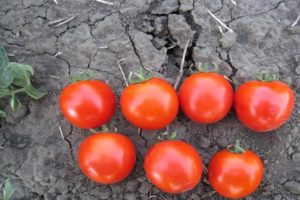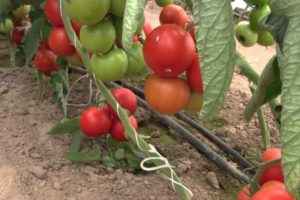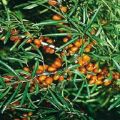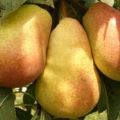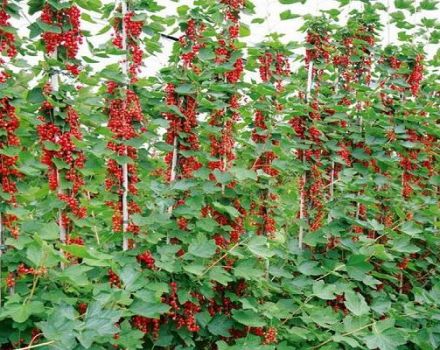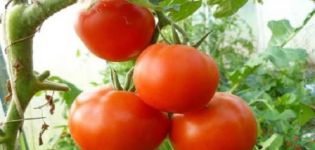Characteristics and description of the tomato variety Juggler
Today, hybrids of certain plants are very popular. This is not surprising. After all, they have a high yield, are unpretentious and can tolerate any weather conditions. These plants include the Juggler tomato variety. It is ideal for growing in beds and greenhouses, as evidenced by the reviews of agronomists.
Description of tomato Juggler
Tomato Juggler F1 is an early maturing hybrid that has a high yield. Determinate and compact shrub has a small amount of green mass. So, the height of an adult plant reaches 60 cm. Small leaves have a simple shape and a dark green tint.
Fruits ripen in bunches containing 8 to 10 fruits. The yield of the variety is very high and amounts to 9 kg of ripe fruits from 1 m2 beds. One bush can produce up to 30 fruits.
Advantages and disadvantages
A hybrid of the Juggler variety has many advantages, among which are:
- fruits have good taste;
- they mature in a fairly short period;
- fairly high yield (9 kg per 1 m2);
- resistance to adverse weather conditions;
- bush resistance to various diseases.
As for the shortcomings, they were not noticed.
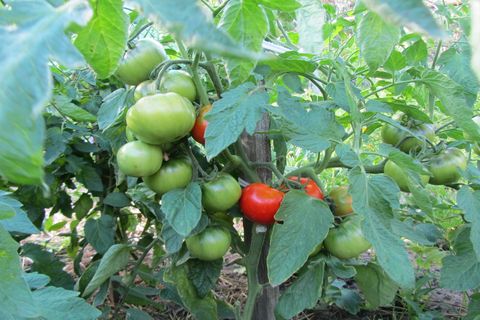
Important: It should be noted that in order to ensure a high yield of the variety, it is necessary to periodically carry out root and foliar dressing using certain substances.
Characteristic features of tomatoes
Juggler fruits have characteristic features that distinguish them from other tomatoes. So, the characteristics of the fruits:
- Fruit sizes. Juggler tomatoes have a relatively flat surface. The weight of one fruit can reach 150 g.
- The form. The tomato has a flat-round shape. The footboard has a slight ribbing. During ripening, the hue of the fruit changes dramatically from green to rich red.
- Pulp. The fruits have a juicy, firm and fleshy pulp. There are also many seed chambers.
- Taste qualities. The bright ripe tomato has a sweetish taste.
- Composition. The fruit contains up to 4% dry matter and up to 2.3% sugars.

Tomatoes of this variety are a versatile product and can be used to prepare various dishes. They can also be processed into juice, paste, or puree. I plant tomatoes because of their even and beautiful shape, which makes them ideal for canning.
Growing
The Juggler tomato was eaten in Russia. He focused on landing in the Siberian and Far Eastern districts. Ideal for growing in garden beds and greenhouses.
As the description shows, plants tolerate slight drops in temperature and drought well. After ripening, the fruits are suitable for long-term storage and transportation. They can be harvested at the stage of technical ripeness. Then, at room temperature, they ripen rather quickly.
Important: Tomatoes are grown by seedling, as well as by the non-seedling method.
Plants are grown using the following technology:
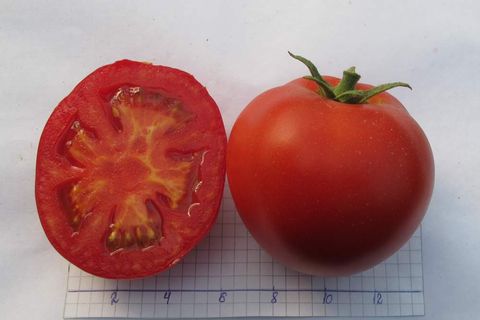
- Soak the seeds. For this, special growth stimulants are used, which can accelerate the maturation of seeds for planting.
- The prepared seeds are sown in humus-based soil. For them to germinate, it is necessary to create favorable conditions. The air temperature must be at least 25 C. Warm water is used for irrigation.
- When the first true leaves appear on the sprout, it is transplanted into a separate pot.
- The fortified sprout is planted in open ground or a greenhouse. Before that, it is fed with liquid complex fertilizers.
You can also grow plants using a seedless method. The seeds are sown directly into the soil, which is pre-fertilized with a large amount of humus.
After that, the bed is sprayed with water and covered with foil. When the tomatoes sprout, they are fed with a nitrogen-based complex mineral fertilizer.
Throughout the entire ripening period, the plant is periodically fertilized with organic and mineral compounds.
Plant pests and diseases
First generation hybrids are highly resistant to many diseases and pests. They are rarely infected by viruses due to their rapid maturation. But, nevertheless, in order to ensure high yields and protect the plant from diseases and pests, it is necessary to perform a number of preventive work:
- Before planting tomatoes, the site is processed with copper sulfate or potassium permanganate. For this, a special solution is made from these components.
- Bushes must be periodically sprayed with phytosporin and other drugs that have antifungal properties.
- Frequent weeding, loosening of the soil and moderate watering will protect the plant from root and top rot.
In the open field, tomatoes are affected by various insects that can cause significant damage to plants. To combat them, it is recommended to use industrial insecticides. The planting is processed several times, with an interval of 2-3 days. If the plants attacked slugs, then a solution of ammonia is widely used to remove them.
